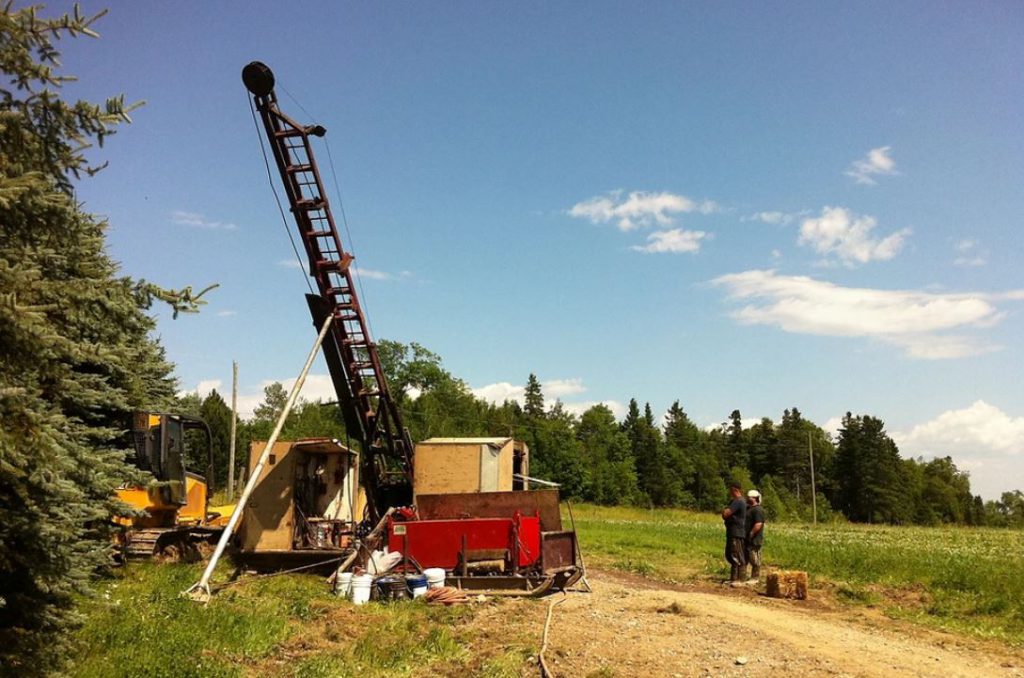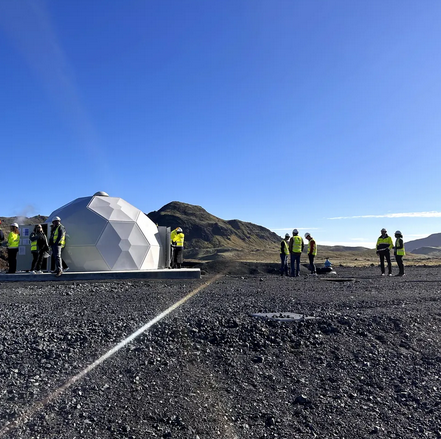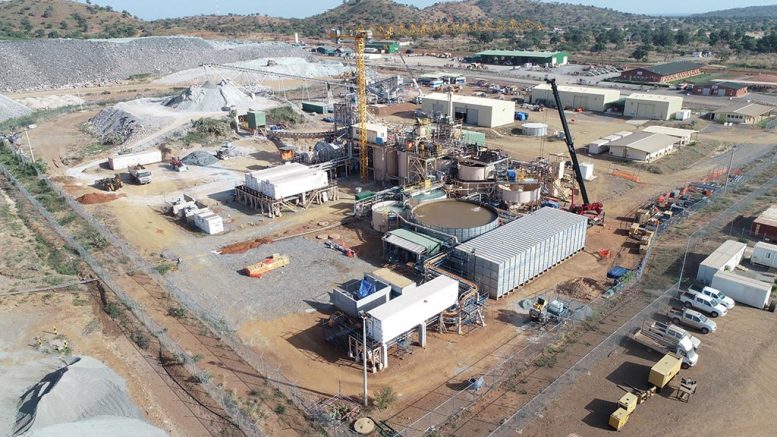INFOGRAPHIC: Project generators: exploration risk for less cost
Project Generators
The Project Generator model for mining exploration has gotten attention in recent years. Here we explain how it works, the risks the model mitigates, and some fascinating data.
Over the last five years, share prices of listed project generators are up 121%.

Sponsored by: Altus Strategies
In a bear market for junior miners, exploration capital can be hard to come by. However, one type of company strategy does its best to bypass this risk and fund multiple projects without having to constantly raise capital through equity.
Enter the Project Generator model. How does it work? Basically, a company gets more established companies with substantial capital to joint venture on its wide portfolio of properties. The funding companies have the money to spend and may not have a depth of exploration projects themselves. Therefore, it can be a perfect match for both parties.
The downside of this model is that shareholders of the project generator do not get all of the discovery upside, but the benefits are still quite numerous. First, it decreases dilution risk by having much of the exploration capital provided by majors and midtiers. Also, it spreads the odds of making a discovery to a portfolio of multiple properties and commodities, rather than just focusing on one which may or may not work out. Last, by having the big boys come in on projects, shareholders have reassurance of the technical validity and due diligence of prospects.
There is some very supportive data for the model as well. Over the last five years, shares in project generators are up 121% while shares in listed juniors (under $50 million market cap) are down -55%. Project generators also have more skin in the game (11.0% vs. 7.6%) and are able to secure more overall funding on average.
Jeff Desjardins
More News
Manganese X poised to begin pre-feasibility study at Battery Hill
April 11, 2025 | 02:39 pm
Carbon removal technologies could create tens of thousands of US mining and quarry jobs – report
April 11, 2025 | 01:33 pm
{{ commodity.name }}
{{ post.title }}
{{ post.date }}




Comments